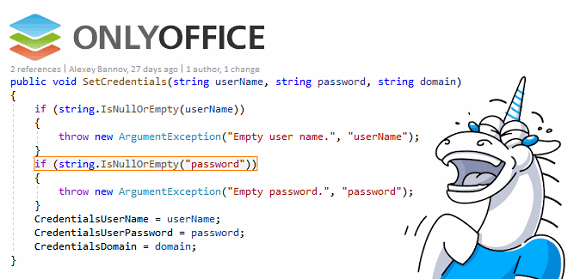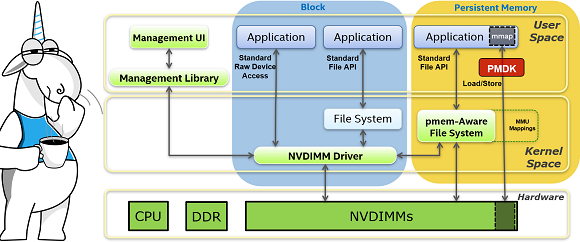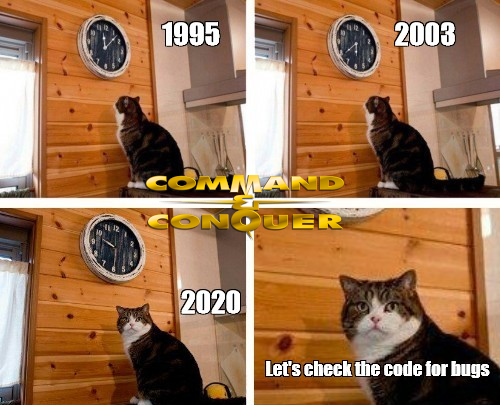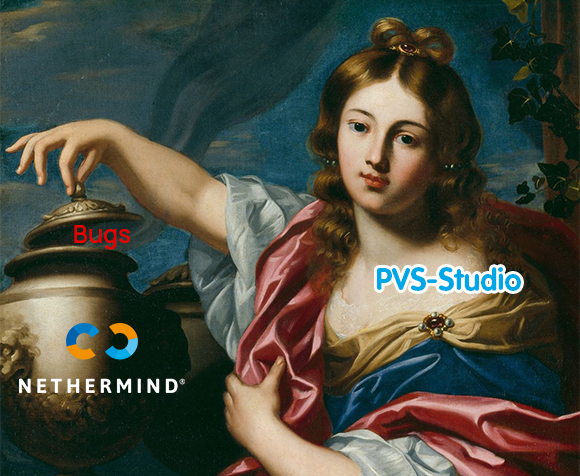ONLYOFFICE Community Server: how bugs contribute to the emergence of security problems

Server-side network applications rarely get the chance to join the ranks of our reviews of errors found in open source software. This is probably due to their popularity. After all, we try to pay attention to the projects that readers themselves offer us. At the same time, servers often perform very important functions, but their performance and benefits remain invisible to most users. So, by chance, the code of ONLYOFFICE Community Server was checked. It turned out to be a very fun review.
















